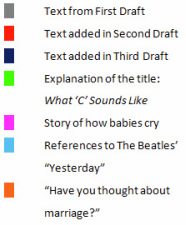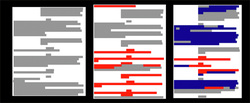|
Idea Behind the MapAny map is a visual display of data. The data the cartographer wishes to display dictates the style and type of map: wishing to focus on Maine, a Mercator projection of the world would be a poor choice. |
| Litpunk The Digital Presence of Garret Schneider |
|


